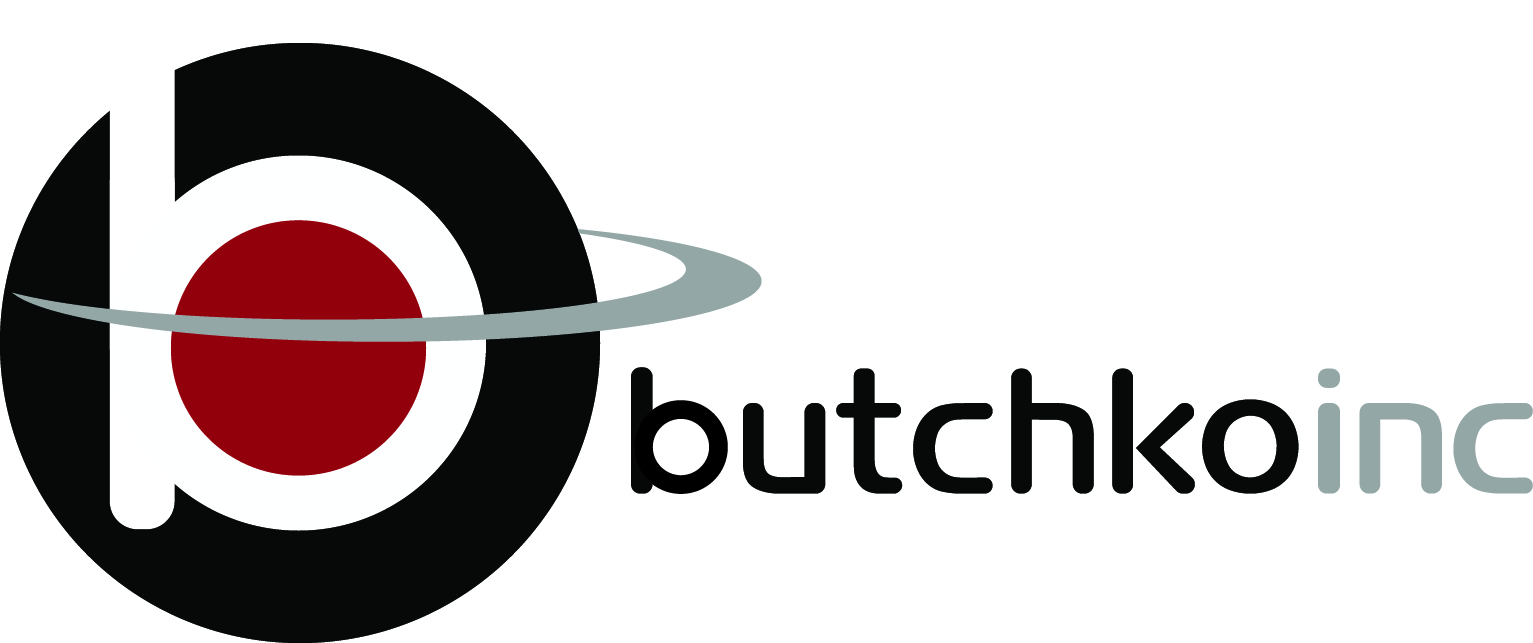All organizations deal with risk. Without risk, there can be no positive return. But when an organization falls on the negative side of the risk equation, the consequences can be devastating.
Prosperous organizations manage that risk with a healthy risk tolerance. This tolerance varies from one group to the next, but there is an upper limit to what the organization considers “acceptable risk.” Security managers and directors perform periodic risk assessment to determine the risk level for a given asset or organization. But what happens six months, a year, two years, or even five years after that assessment is complete? How do they gauge the applicability of an old report to “today’s” conditions?
Risk is a living, breathing thing. It is not static. Many factors contribute to the overall risk picture and those factors absolutely shift over time. A risk assessment that is old can be sorely out-of-date, leading to poor decisions based upon bad information that leave the organization negatively exposed. The challenge is that without a conscious and consistent re-evaluation of risk, the security manager is left to use gut instinct about the accuracy of the results. Performing assessments frequently enough to keep up with changes in threats, operations, and assets is cost and resource prohibitive. Organizations have to balance the application of resources to regularly assess risk, while maintaining focus on achieving the actual mission of the business.
bSMART™ offers continuous re-assessment of risk, ensuring the organization is always aware of risk and is keeping it within acceptable levels. It’s like “time-release” security. As the risk changes due to shifts in threat, deterioration of protective measures, changes in policy or procedure, change in asset value, or other shifts, bSMART™ notifies users with alerts and trend notifications. These notifications allow the security department to make corrective and proactive adjustments. The results support more efficient and effective use of resources, which benefits the organization as a whole.
